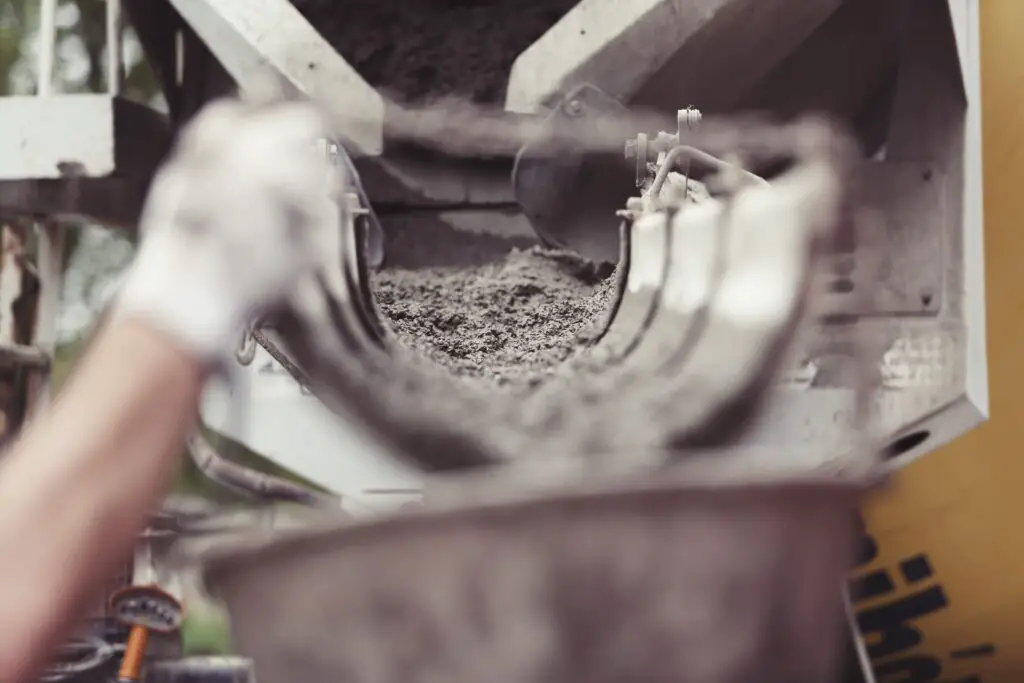The Philippines is a developing country that has been experiencing rapid urbanization and industrialization in recent years. As a result, the construction industry has been booming, with a high demand for building materials such as concrete. Concreting plays a crucial role in the construction process, providing a solid foundation for buildings, roads, bridges, and other infrastructure projects.
In this article, we will explore the process of concreting in the Philippines, including its benefits, challenges, and sustainability practices.
Benefits of Concreting
Concreting has numerous benefits, including its durability, strength, and versatility. Concrete structures can withstand harsh weather conditions and natural disasters, making them ideal for the Philippines, which is prone to typhoons and earthquakes. Concrete is also fire-resistant, pest-resistant, and low-maintenance, making it a cost-effective building material in the long run.
Moreover, concrete can be molded into various shapes and sizes, allowing for creative architectural designs. It can also be colored, textured, and polished to enhance its aesthetic appeal. Concrete can be used for various applications, including walls, floors, roofs, stairs, and decorative features.
Challenges of Concreting in the Philippines
While concreting offers many benefits, there are also challenges that come with it, particularly in the Philippines. One of the primary challenges is the quality of concrete, as some suppliers may not follow the proper standards and specifications. Poor-quality concrete can result in weaker structures, higher maintenance costs, and safety hazards.
Another challenge is the availability of skilled labor and equipment. Concreting requires a high level of expertise, particularly in the mixing, pouring, and finishing stages. It also requires specialized tools and equipment, such as mixers, pumps, vibrators, and trowels. However, not all construction companies have access to these resources, which can affect the quality and efficiency of the concreting process.
Sustainability Practices in Concreting
Sustainability is becoming an increasingly important aspect of the construction industry, as the world faces environmental and social challenges. Concreting can contribute to sustainable construction practices by using eco-friendly materials, reducing waste, and minimizing energy consumption.
One way to make concreting more sustainable is by using alternative cementitious materials, such as fly ash, slag, and silica fume. These materials can partially or completely replace cement, which is a significant contributor to carbon emissions. They also offer improved durability and strength properties, reducing the need for repairs and replacements.
Another way to promote sustainability in concreting is by reducing waste and recycling materials. Concrete waste can be reused as aggregate, reducing the need for natural resources and landfill space. Water can also be recycled, reducing the amount of freshwater needed for concreting.
Moreover, energy-efficient practices can be implemented in the concreting process, such as using electric mixers, pumps, and vibrators. These tools can be powered by renewable energy sources, such as solar or wind power, reducing carbon emissions and energy costs.
Conclusion
Concreting plays a crucial role in the construction industry in the Philippines, providing a solid foundation for buildings, roads, and other infrastructure projects. While it offers many benefits, such as durability, strength, and versatility, there are also challenges, such as poor-quality concrete and a lack of skilled labor and equipment.
However, concreting can contribute to sustainable construction practices by using eco-friendly materials, reducing waste, and minimizing energy consumption. By adopting these practices, the construction industry in the Philippines can promote sustainable development, reduce environmental impact, and enhance the quality of life for its people.
To see other material construction prices, please see here.
To know other construction guides, tips, and methodology for beginners, veterans, and contractors, please see here.

